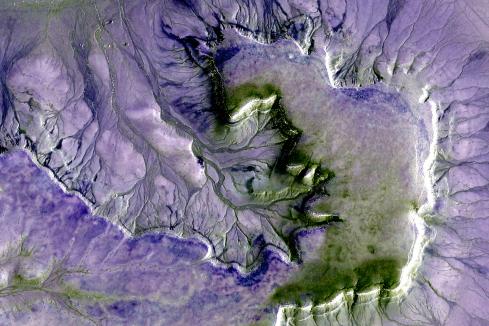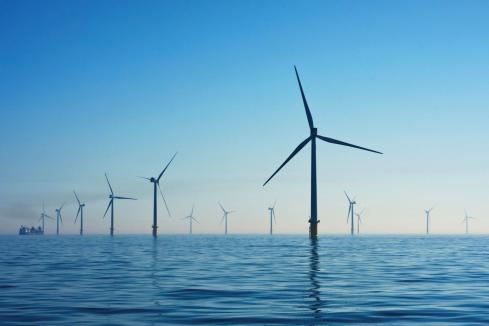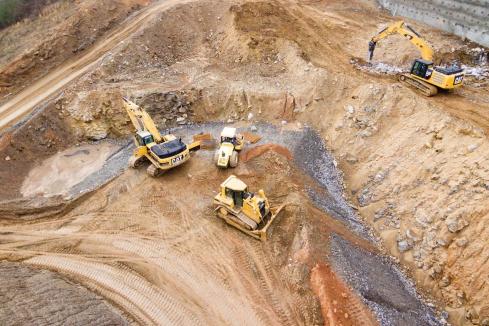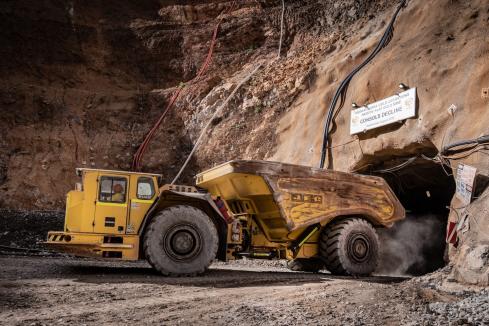
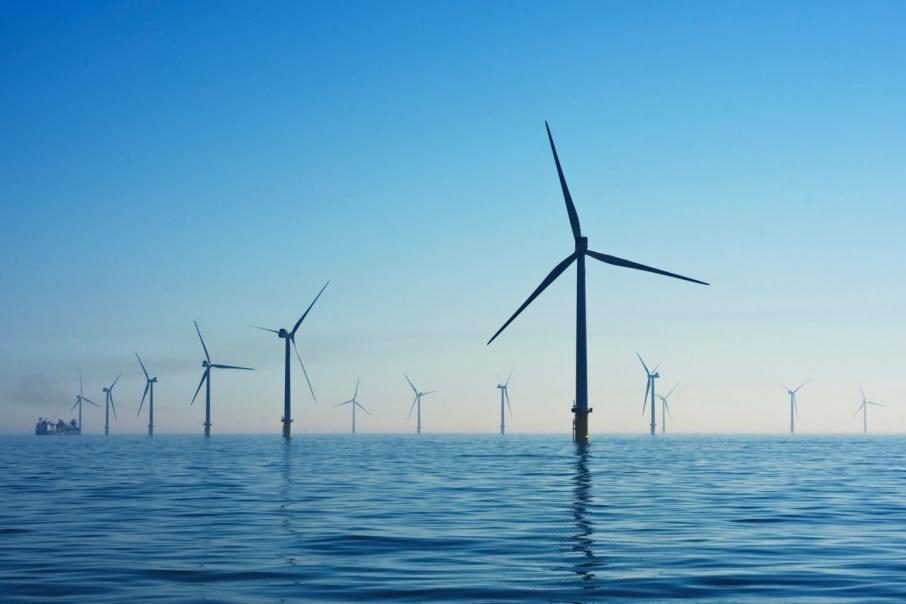
With demand for renewable energy increasing across Western Australia, attention is turning to offshore wind as a possible future energy source. And whilst the pathway seems clear given Commonwealth Government support, there are many lessons to be learned from the still very new eastcoast industry and the importance of authentic consultation and engagement with indigenous ‘sea country’.
Interest in the proposed area amongst offshore wind project developers is strong following federal Energy Minister Chris Bowen recently announcing a proposed declared area for offshore wind in Commonwealth waters off Bunbury. The south-west coast is well-suited to offshore wind development, with a strong wind resource, a deepwater port, onshore grid infrastructure, and an experienced major projects workforce.
Offshore wind presents a real and significant opportunity for industry in Western Australia, but there are some regulatory issues to be aware of.
Timeframe to licence issue
The regulatory framework for offshore wind in Australia – in the form of the Offshore Electricity Infrastructure Act 2021 and Offshore Electricity Infrastructure Regulations 2022 – is relatively new, and experience (both on Government and industry side) is limited.
Experience to date from the east coast shows that the timeframe from consultation on an area opening, to issue of Feasibility Licences (the initial licence type) for an area, is likely to be approximately 18 months to two years. This encompasses a two to three-month area consultation period, a three to six-month period for review by Government of submissions made during area consultation, a four-month licence application period, and a six to 12-month period for assessment by Government of applications.
The final step in particular can become protracted, if there is a large number of licence applicants, or there are overlapping applications of equal merit. For example, the licence application period for the first declared area in Australia, the Gippsland declared area, closed on 27 April 2023 and, as at the date of publication, [licences are not yet issued, although they are rumoured to be only weeks away].
Even once licences are issued, proponents need to conduct further specific consultation, finalise their project management plan and have it approved, and potentially obtain other environmental approvals, before any significant offshore activities can commence.
Consultation
Stakeholder consultation requirements are imposed on Government and industry at multiple stages under the regulatory framework: during the area declaration process; prior to licence offer; as part of management plan preparation; as part of ongoing stakeholder engagement requirements; and as part of separate environmental approval processes.
Extensive consultation has meant that the offshore wind industry has been largely successful to date in addressing stakeholder concerns in the pioneering Gippsland and Hunter areas, and communities in those areas are generally supportive of the industry.
Communities in other areas have been less supportive, and consultation has reduced opportunity for industry. The most recent declared area, the Southern Ocean in Victoria, was downsized significantly after almost 3300 public submissions were received in relation to potential visual amenity, environmental, fishing and shipping impacts. The final declared Southern Ocean area, of just over 1000 square kilometres, is a fifth of the size of the area that was originally proposed.
Indigenous ‘sea country’
The concept of Indigenous ‘sea country’, and the impacts of offshore energy development on sea country, was at the forefront of litigation recently brought by Indigenous plaintiffs against Santos.
The sea country concept has now found its way into Australian legislation, in the context of draft amendments to the Offshore Electricity Infrastructure Regulations. The draft Regulations require consultation by proponents with persons that may have sea country in their licence area.
This is the first use of the phrase ‘sea country’ in Australian legislation, and its meaning remains unclear. When the term has been used recently, it generally means waters where Indigenous people have traditional connections in a broad way.
Oil & gas experience
Significant portions of the Offshore Electricity Infrastructure Act and Regulations are adapted from equivalent offshore petroleum legislative provisions, including in relation to management plans, financial security, OHS, and decommissioning.
In addition, the titles registrar for offshore wind, the Offshore Infrastructure Registrar, sits within the National Offshore Petroleum Titles Administrator (NOPTA); and the environment and safety regulator for offshore wind, the Offshore Infrastructure Regulator, is the National Offshore Petroleum Safety and Environmental Management Administrator (NOPSEMA).
The Registrar and Regulator are clearly applying learnings from their decades of experience with offshore oil and gas to their administration of the offshore wind framework. There is the opportunity for industry to do the same.
Government support
The Commonwealth Government is driving the development of offshore wind in Australia but, given the nature of the projects, State Government support is also necessary.
The Victorian Government is the leading example of this, having established a gateway agency (Offshore Wind Energy Victoria), and released several Offshore Wind Energy Implementation Statements. The Victorian Government is planning a competitive auction process for offtake contracts, has tasked State-owned VicGrid with development of onshore grid connection and transmission infrastructure, has designated State-owned Port of Hastings for development of a ‘Victorian Renewable Energy Terminal’, and is preparing local content requirements.
Alignment across Commonwealth and State Government is also important, including in relation to offtake (aligning State offtake contracts with national capacity incentives), and in relation to permitting and grid connection.
The Government consultation period concludes on 3 May 2024 and one may expect, based on others that have gone before them, that there will be some modifications to the exactness of the zone. However, the drive for sustainable energy transition and the commercial appeal of offshore wind in Australia suggests this is a growth area for Western Australia; we need to be prepared to the work that will ensure favourable winds.








